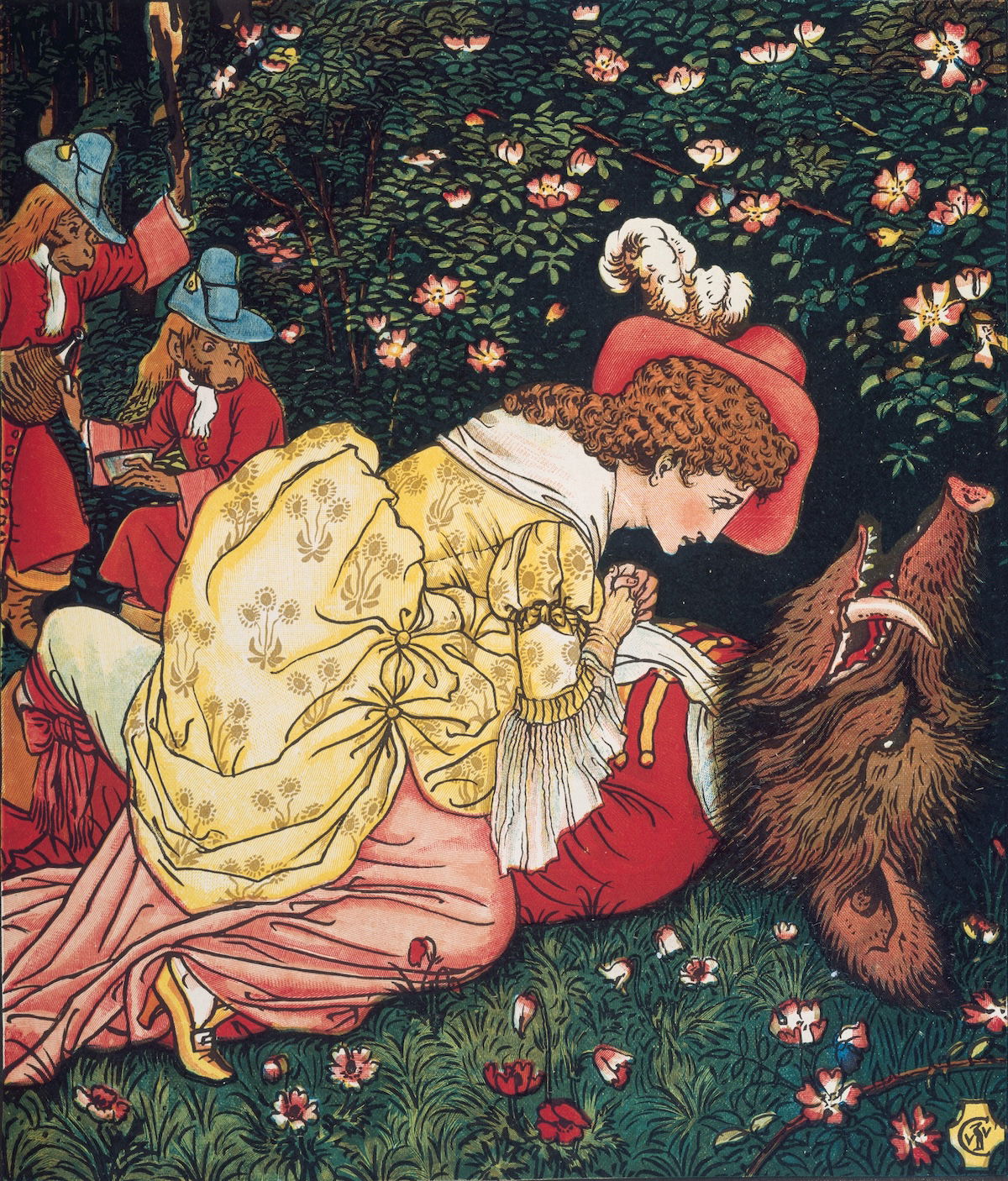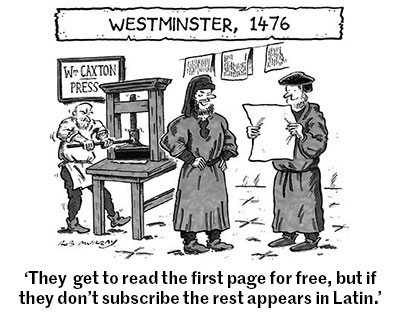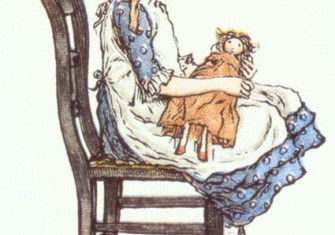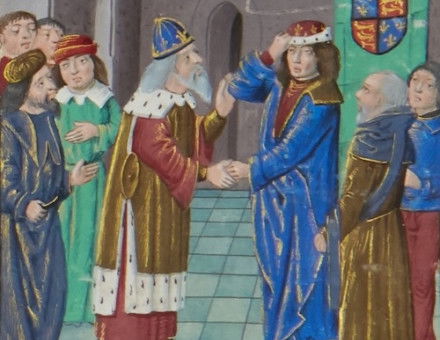The Moral of the Victorian Children’s Story
Illustrated picture books in Victorian England reached new aesthetic heights. But was it always for the benefit of the children?

The Nation journal observed in 1879 that ‘every holiday season brings a fresh assortment of stories for the young which, as being new, recommend themselves as gifts and do their share in the cultivation of juvenile ethics’. The idea that literature should play a part in the moral education of young readers was nothing new. The first picture book aimed at children – A Little Pretty Pocket Book – was published in 1744 by John Newbery, with a frontispiece that announced its aim: ‘Instruction with Delight.’ However, with the arrival in the 19th century of high-quality colour printing, picture books began to play their part in the cultivation of juvenile aesthetics, too. As the Graphic magazine announced approvingly in 1881: ‘Children of the nineteenth century ought to grow up with well cultured artistic tastes if they profit by the daintily illustrated books provided for their delectation.’ Over the course of the century, children’s books were transformed from utilitarian fare to objects of art, with the Art Journal declaring in 1881: ‘Art for the nursery has become Art indeed.’







